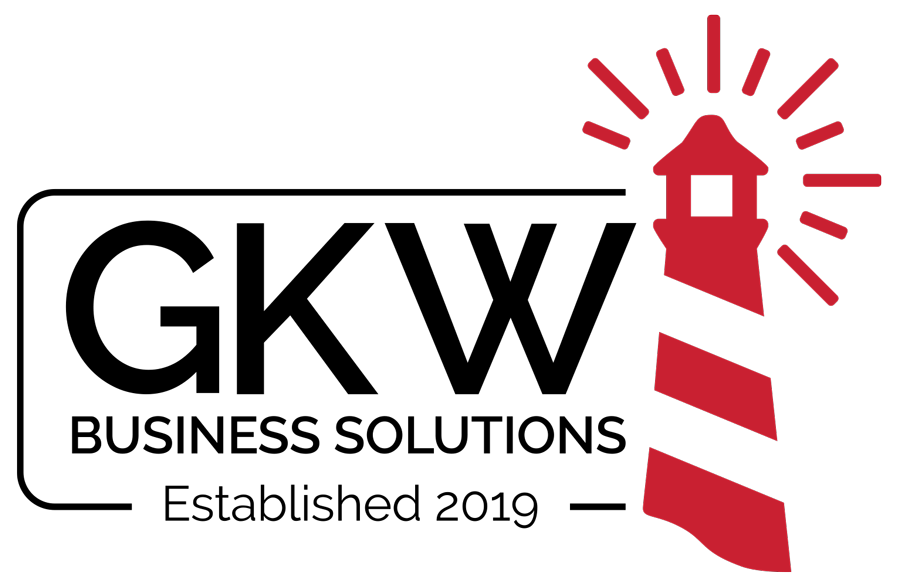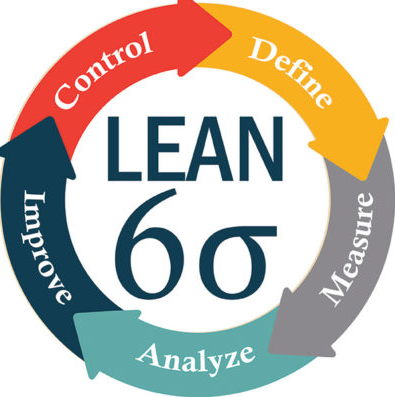By Mike Craig GKW Business Solutions
As we step further into 2025, economic uncertainty continues to shape how businesses operate. Global inflationary trends, supply chain disruptions, and shifting consumer expectations are testing the resilience of even the most well-run companies. In this environment, operational excellence is no longer optional—it’s essential.
At GKW Business Solutions, we are applying the principles of Lean and Six Sigma not just as methodologies, but as strategic enablers to navigate this complex landscape. Here’s how we’re aligning our approach with today’s economic realities:
1. Eliminating Waste to Preserve Value
In a tight economy, the first step is removing anything that doesn’t add value.
-
Lean Thinking helps us identify and eliminate waste—be it time, effort, inventory, or cost—so we can operate more efficiently.
-
We’re conducting value stream mapping across key processes to streamline workflows and reduce non-value-added steps.
-
This isn’t just about cost-cutting; it’s about creating more value with fewer resources—for our customers and our bottom line.
2. Reducing Variation to Improve Quality and Predictability
In volatile times, consistency is a competitive advantage.
-
Using Six Sigma tools, we’re drilling into process variability and defects that lead to delays, rework, or customer dissatisfaction.
-
Through DMAIC (Define, Measure, Analyze, Improve, Control), we are standardizing critical operations to ensure predictability in output, quality, and service.
-
Better quality means fewer surprises, lower costs, and stronger customer trust—exactly what’s needed right now.
3. Empowering Teams to Solve Problems at the Root
Our people are our greatest asset—and our most powerful change agents.
-
We are deepening our culture of continuous improvement (Kaizen), empowering cross-functional teams to identify root causes and implement lasting fixes.
-
Lean Six Sigma training is being expanded across departments so that problem-solving becomes second nature, not a special initiative.
-
This approach not only improves performance but builds resilience across the organization.
4. Aligning Strategy with Operational Execution
We’re ensuring that every improvement effort ties back to business impact.
-
Lean Six Sigma is not an operations-only function—it’s integrated into our strategic planning.
-
Whether it’s reducing lead times, enhancing customer satisfaction, or improving EBITDA margins, every project is measured by its strategic contribution.
-
In short, we are using data and disciplined execution to drive decisions and results—not assumptions.
Looking Forward: Stability Through Excellence
Economic cycles will rise and fall—but organizations that focus on operational discipline, quality, and value creation endure and thrive. At [Company Name], we are using Lean and Six Sigma not just to cut costs, but to build a stronger, smarter, and more agile organization.
To our teams, partners, and stakeholders: thank you for your unwavering commitment to excellence. Together, we are not just surviving this economy—we are shaping a better one.
Interested in how we’re applying Lean Six Sigma in specific departments like finance, supply chain, or customer service? Let’s share that journey in a follow-up.



Your Comment
Leave a Reply Now